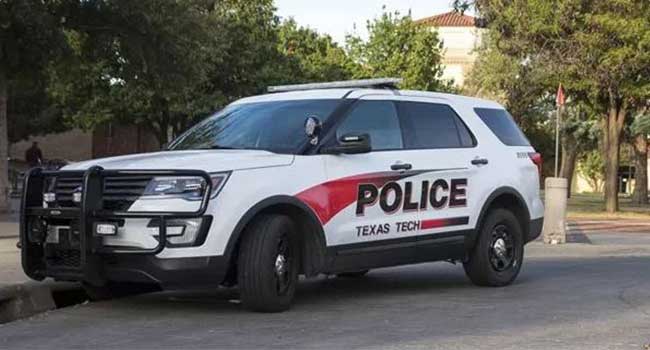
Texas Tech Shooting Leaves One Officer Dead
A shooting at the Texas Tech University Police Department left one officer dead.
One Texas Tech University police officer was shot and killed at the university's police department by a student in Lubbock, Texas on Monday night, according to campus officials and police.
A call for a student "welfare check" ended in disaster when police found drugs and drug paraphernalia in a student's room on campus, prompting the officers to take the student to the on-campus police station, a university spokesperson said in a statement.
The student, identified as 19-year-old Hollis Daniels, was being processed for jail on the drug evidence at the TTU police station when Daniels shot and killed a police officer. The surviving officer at the scene did not see the shooting, but heard a loud bang and when he returned Daniels was gone. Daniels was not handcuffed.
University Police Chief Kyle Bonath said the suspect fled and was later tackled by another campus officer and arrested near the Lubbock Municipal Coliseum.
The incident was communicated to students on campus through a mass notification system and through social media channels. A campus-wide lockdown was in effect for about an hour before students were allowed outside, but asked to avoid north campus and TTUPD.
Daniels is a freshman from Senguin, Texas, near San Antonio, and has been charged with capital murder of a peace officer and held on a $5 million bond, according to the Lubbock County sheriff's office.